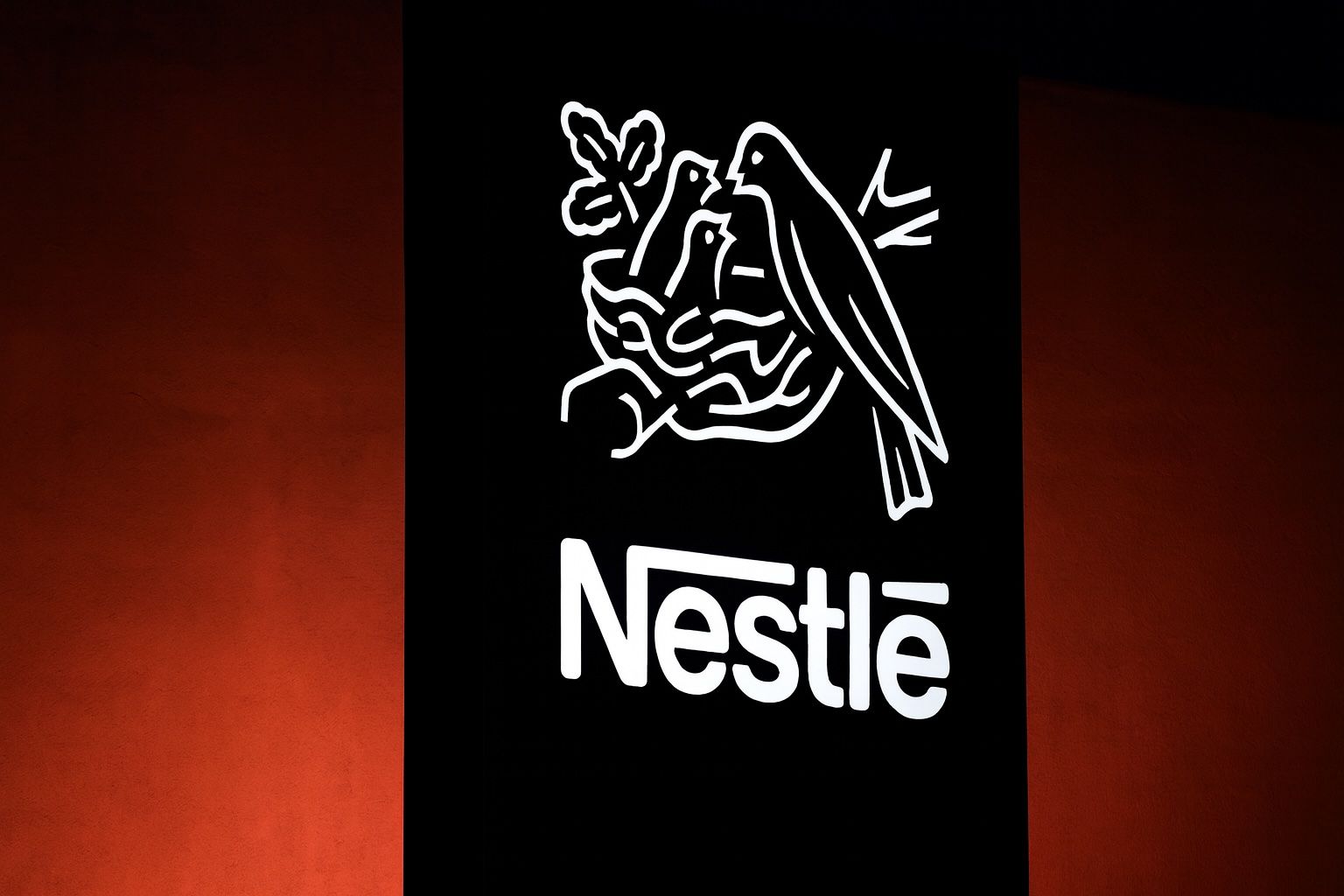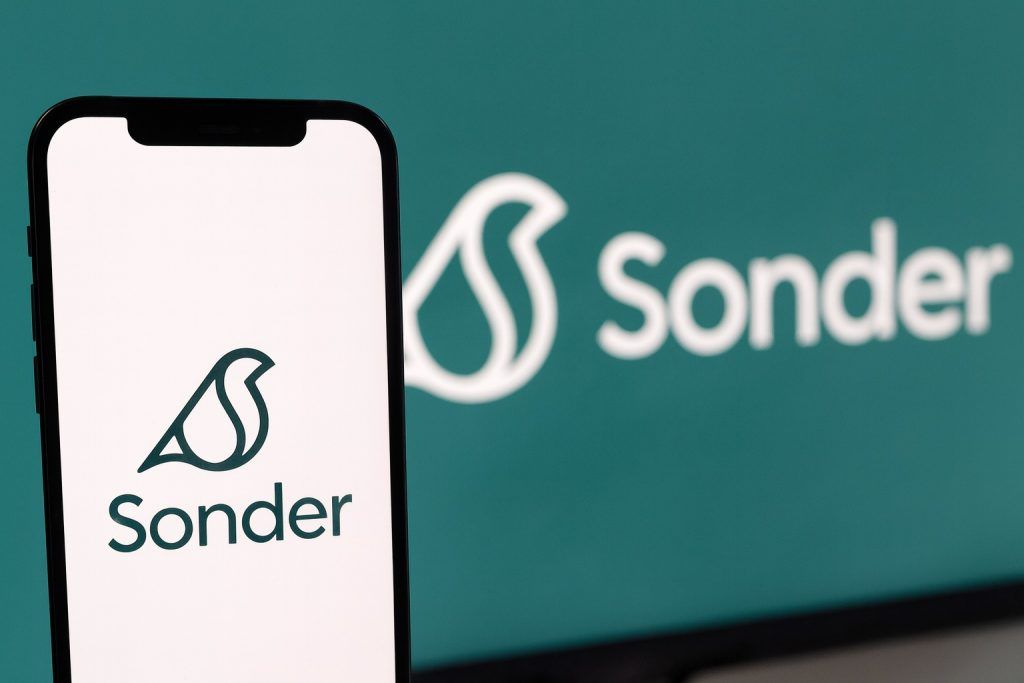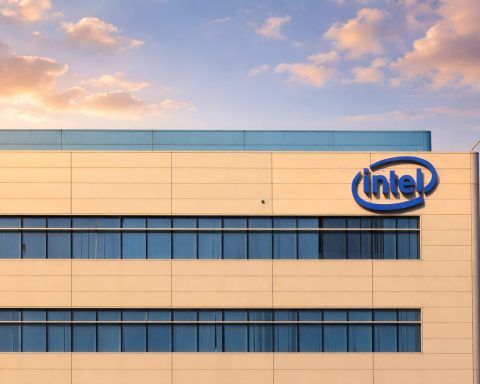Key Facts: Nestlé’s stock jumped about 8% on Oct. 16 – its steepest one-day gain since 2008 [1] [2]. That followed a surprise 4.3% rise in Q3 organic sales (versus ~3.7% expected) [3], with its volume metric (real internal growth) at +1.5% (far above the +0.3% forecast) [4]. New CEO Philipp Navratil announced a costly “turnaround” plan: 16,000 job cuts (roughly 6% of the global workforce) over two years [5] [6] and an increased cost-savings goal of CHF 3.0 billion by 2027 [7] [8]. Navratil said “the world is changing, and Nestlé needs to change faster,” warning that “hard but necessary” job cuts are coming [9]. Analysts cheered the news – Vontobel’s Jean-Philippe Bertschy said the results “should partly restore investors’ trust,” while Bernstein called the earnings “fuel to the turnaround fire” [10] [11]. Many analysts have raised their Nestlé price targets (the average 12-month target is now ~CHF 87, and RBC Capital maintains ~CHF 93) [12]. Nestlé reaffirmed its 2025 guidance (organic growth improving, margin ≥16%) [13], but warned that a strong Swiss franc and new U.S. tariffs could “dampen” profits [14].
Surprising Q3 Sales Rebound
Nestlé reported a better-than-expected quarter on all fronts. Organic (currency-adjusted) sales grew ~4.3% in Q3, above analyst forecasts of ~3.7% [15]. The growth was led by higher prices and strong demand in key categories like coffee and confectionery [16] [17]. Importantly, Nestlé’s real internal growth (RIG) – a key volume measure – rebounded to +1.5%, well above the +0.3% expected [18]. Volumes in North America and Europe firmed up, although Greater China remained a drag (Nestlé says it will refocus on building demand there) [19] [20]. The solid results reflect Nestlé’s effort to invest behind brands and innovation: as CEO Navratil noted, the company is “stepping up investment… and the results are starting to come through” [21] [22]. CFO Anna Manz admitted Nestlé had “over-invested in distribution” in China and is correcting course to drive local demand [23]. On the earnings call, Nestlé reiterated that it still expects 2025 organic growth to improve versus 2024 and an operating margin at or above ~16% [24] [25].
Bold Job-Cut Plan and Strategy Shift
Just weeks into his tenure (he was appointed in early September), CEO Philipp Navratil unveiled one of the most aggressive cost-cutting plans in Nestlé’s history. The company will slash 16,000 jobs globally by 2027 – about 6% of its ~277,000 workforce [26] [27]. Roughly 12,000 of those cuts will be white-collar roles, with the remaining 4,000 in manufacturing and supply-chain functions [28]. This accelerates Navratil’s predecessor’s efficiency program: Nestlé is raising its total cost-saving goal to CHF 3.0 billion by end-2027 (up from CHF 2.5 billion) [29] [30].
Navratil framed the cuts as part of a turnaround push. “The world is changing and Nestlé needs to change faster,” he said, noting that the moves were “hard but necessary decisions” [31]. He vowed to build a lean, performance-driven culture: “We are fostering a culture that embraces a performance mindset that does not accept losing market share,” he said, adding that the company will be “ruthless in assessing our people” to see who delivers results [32] [33]. Analysts at RBC Capital Markets applauded this tone – James Edwardes-Jones said he “welcomed Navratil’s ambition to foster a culture…where losing market share is not accepted” [34]. Nestlé also signaled it will review underperforming businesses (for example, exploring strategic options for its bottled water and vitamin divisions) as part of this push [35] [36].
Stock Market Rally and Outlook
News of the sales beat and job cuts sent Nestlé’s shares sharply higher. The stock surged as much as 8.2% in Swiss trading on Oct. 16 – its largest one-day jump since 2008 [37] [38]. By the end of Thursday, the Swiss-market (SMI) stock was near CHF 82.10, up from around CHF 75 the previous close [39] [40]. This rally lifted Switzerland’s market index and underscored investor relief that Nestlé might finally arrest a years-long slide in growth.
Looking ahead, analysts are now more optimistic on Nestlé’s stock. TipRanks shows the average 12-month Nestlé target at ~CHF 87.13 (roughly 20% above recent prices), and even before the rally, RBC Capital was modeling a CHF 93 target [41]. Those price targets assume mid-single-digit organic growth (around 3–4%) and stable margins (around 16–17%) in 2025 [42]. Nestlé’s management reaffirmed that 2025 guidance after the quarter, saying it still expects organic growth to pick up and underlying margin to be ~16% or higher [43]. The company also highlighted its strong free cash flow conversion (nearly 90%) and a dividend yield around 2.7%, making it attractive to defensive investors.
However, Nestlé cautioned that headwinds remain. The Swiss franc has been unusually strong, and new U.S. tariffs on Swiss goods (now at 39% on some imports) will bite into profit in 2026–27 [44] [45]. Rising input costs (in commodities like milk and palm oil) are another threat: Nestlé warned that inflationary pressures could “dampen” profits [46]. In its sector, global consumer staples stocks have largely lagged growth sectors this year, so some analysts see Nestlé’s rebound as a positive sign of defensive stocks catching up [47].
Analyst and Expert Take
Experts gave the quarter high marks, but stressed that delivery is key. “These results should partly restore investors’ trust,” said Vontobel analyst Jean-Philippe Bertschy [48]. Bernstein Research called the surprise job cuts and sales beat “fuel to the turnaround fire,” noting the aggressive action is exactly what investors have been asking for [49]. RBC’s Edwardes-Jones said Navratil’s assertive stance was welcome, and importantly, the rebound in volumes (the +1.5% RIG) suggests the market is responding to Nestlé’s investments. The Guardian quoted Navratil promising to invest boldly: “We will be bolder in investing at scale and driving innovation… we are fostering a culture… where winning is rewarded” [50].
Still, some analysts urge caution. Nestlé’s Q4 commentary will be closely watched to see if momentum continues. Even with raised targets, Wall Street consensus still generally rates Nestlé as a “hold” (indicating mixed views on upside) [51]. Market-watchers will compare Nestlé’s performance to peers (like Unilever or Coca-Cola) in the staples sector. For now, the message is that Nestlé has its board’s commitment to a leaner structure and is starting to see green shoots in growth – and its stock rally suggests investors are cautiously betting on a sustainable turnaround [52] [53].
Sources: Nestlé Q3 earnings release and comments, Swissinfo/Reuters/Bloomberg news reports [54] [55]; analyst research (Vontobel, RBC, Bernstein) as reported by Reuters/Swissinfo [56] [57]; TS2.tech market analysis [58]; financial media (The Guardian) [59]; and LSEG/FT equity data [60].
References
1. www.swissinfo.ch, 2. ts2.tech, 3. www.reuters.com, 4. www.reuters.com, 5. www.swissinfo.ch, 6. www.theguardian.com, 7. www.swissinfo.ch, 8. www.theguardian.com, 9. www.swissinfo.ch, 10. ts2.tech, 11. www.reuters.com, 12. ts2.tech, 13. ts2.tech, 14. ts2.tech, 15. www.reuters.com, 16. www.reuters.com, 17. ts2.tech, 18. www.reuters.com, 19. www.reuters.com, 20. ts2.tech, 21. www.theguardian.com, 22. www.swissinfo.ch, 23. www.reuters.com, 24. ts2.tech, 25. www.reuters.com, 26. www.swissinfo.ch, 27. www.theguardian.com, 28. www.theguardian.com, 29. www.swissinfo.ch, 30. www.theguardian.com, 31. www.swissinfo.ch, 32. www.reuters.com, 33. www.swissinfo.ch, 34. ts2.tech, 35. ts2.tech, 36. www.swissinfo.ch, 37. www.swissinfo.ch, 38. ts2.tech, 39. markets.ft.com, 40. www.swissinfo.ch, 41. ts2.tech, 42. ts2.tech, 43. ts2.tech, 44. ts2.tech, 45. www.reuters.com, 46. ts2.tech, 47. ts2.tech, 48. ts2.tech, 49. www.reuters.com, 50. www.theguardian.com, 51. www.marketbeat.com, 52. ts2.tech, 53. www.swissinfo.ch, 54. www.swissinfo.ch, 55. www.reuters.com, 56. ts2.tech, 57. www.reuters.com, 58. ts2.tech, 59. www.theguardian.com, 60. markets.ft.com










